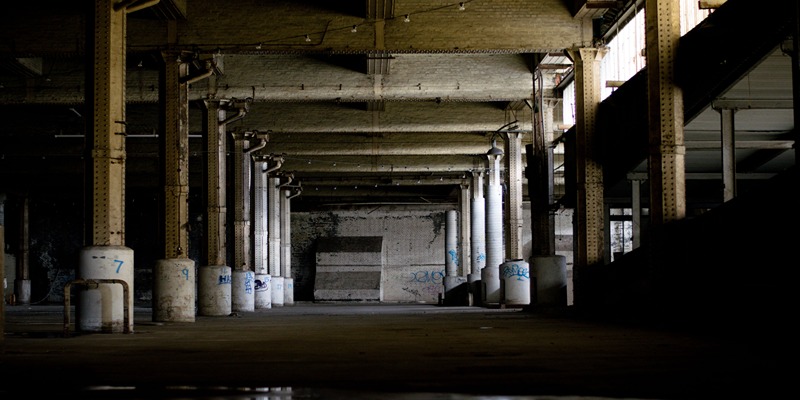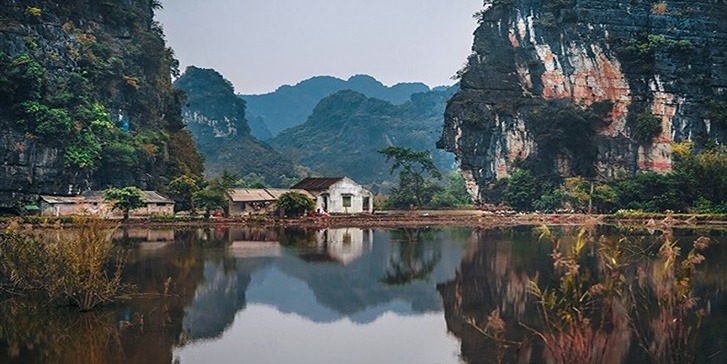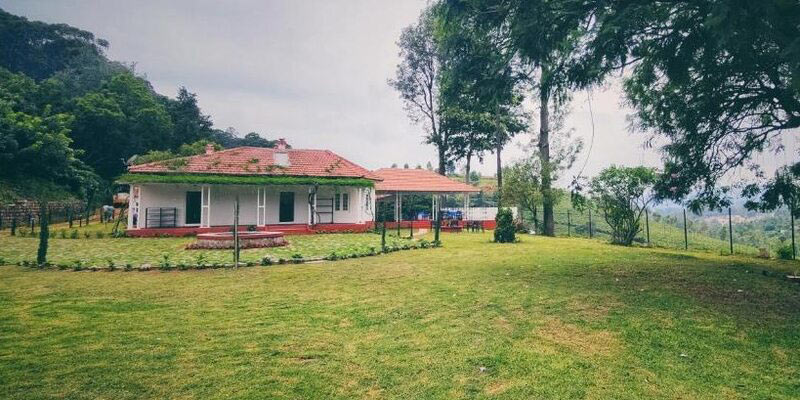Hashima Island, often referred to as "Battleship Island" due to its shape resembling a battleship, is an abandoned island off the coast of Nagasaki, Japan. Known for its eerie and desolate appearance, Hashima has become a symbol of Japan's industrial past and a popular destination for urban explorers and history enthusiasts. The island, once a thriving coal mining community, now stands as a ghostly reminder of a bygone era. Its crumbling concrete buildings and narrow walkways offer a stark contrast to the bustling city it once was, making it a fascinating study in the rapid rise and decline of industrial communities.
The Rise of Hashima Island
Early History and the Discovery of Coal
Hashima Island's history dates back to the early 19th century when coal was discovered beneath the island's surface. Initially a small, rocky outcrop, Hashima transformed into a pivotal site for coal extraction under the ownership of Mitsubishi Corporation. The discovery of rich coal deposits led to the development of one of the most productive coal mines in Japan. By the late 1800s, the island was bustling with activity, as workers and their families moved in to take advantage of the mining opportunities. The island's strategic location and the high quality of its coal made it an invaluable asset during Japan's rapid industrialization.
The Industrial Boom and Population Growth
As the demand for coal surged, Hashima Island underwent significant expansion. The construction of concrete apartment blocks and industrial facilities enabled the island to support a large and growing population. At its peak in the 1960s, Hashima was home to over 5,000 residents, making it one of the most densely populated places in the world at that time. The island featured a fully developed infrastructure, including schools, hospitals, shops, and recreational facilities. The compact nature of the island meant that every inch of space was utilized, with multi-story buildings rising to accommodate the influx of workers and their families. This period marked the height of Hashima's prosperity and industrial output.
Life on the Battleship Island
Living Conditions and Community Structure
Life on Hashima Island was characterized by its unique, self-contained community. The island's residents lived in tightly packed concrete apartment buildings, designed to withstand typhoons and harsh weather conditions. These buildings, some of the first of their kind in Japan, were equipped with modern amenities, including electricity and running water, which were considered luxuries at the time. The community was highly structured, with a clear hierarchy among the workers, ranging from miners to engineers and administrative staff. Despite the challenging living conditions and confined space, the residents of Hashima developed a strong sense of community and resilience.
Cultural Aspects and Daily Life
Daily life on Hashima Island revolved around the coal mining industry, with the majority of residents working in the mines. The island's small size meant that everything was within walking distance, creating a close-knit community. Cultural activities and traditions played a significant role in the residents' lives, with festivals, school events, and communal gatherings helping to foster a sense of belonging. The island had its own schools, shops, and even entertainment venues, such as a cinema and swimming pool, providing residents with a semblance of normalcy despite the isolated environment. The unique blend of industrial progress and community spirit made Hashima a fascinating microcosm of post-war Japan's rapid modernization.
The Decline and Abandonment
The End of Coal Mining and Economic Shifts
The decline of Hashima Island began in the 1970s as Japan shifted from coal to petroleum as its primary energy source. This transition led to a significant decrease in demand for coal, rendering many coal mines across the country, including Hashima's, economically unviable. Mitsubishi Corporation, which operated the mines, announced the closure of Hashima's coal mining operations in 1974, marking the end of an era for the island. The once-thriving community faced a rapid downturn as jobs disappeared and economic activity dwindled, leading to a mass exodus of residents seeking employment elsewhere.
The Evacuation and Transformation into a Ghost Island
Following the announcement of the mine's closure, Hashima Island was swiftly abandoned. The remaining residents were relocated, leaving behind their homes, belongings, and the infrastructure that had supported the community. Within months, the island, once buzzing with life, was deserted. The concrete structures that housed the residents and facilities began to deteriorate, exposed to the harsh elements of the sea. The island's isolation and the sudden departure of its population turned it into a ghostly relic of Japan's industrial past. The abandonment of Hashima has since become a symbol of the impermanence of industrial progress and the vulnerability of communities built around single industries.
Hashima Island Today
Today, Hashima Island, also known as Gunkanjima or "Battleship Island," stands as a haunting reminder of its storied past. In 2015, it was designated a UNESCO World Heritage Site as part of Japan's Meiji Industrial Revolution landmarks. The island is now a popular tourist attraction, with guided tours allowing visitors to explore the eerie ruins and learn about its history. While access to the island is restricted to certain areas for safety reasons, the haunting visuals of decaying buildings and the poignant silence serve as a powerful testament to the island's unique legacy.
Conclusion
Hashima Island, with its dramatic rise and fall, offers a fascinating glimpse into Japan's industrial history. From its bustling days as a coal mining hub to its current status as an abandoned, yet culturally significant site, the island tells a compelling story of human endeavor, community, and the passage of time. Visiting Hashima Island today provides not only an opportunity to explore a unique piece of Japan's heritage but also a moment to reflect on the impermanence of industrial achievements. It remains a poignant and thought-provoking destination for those interested in history and exploration.




